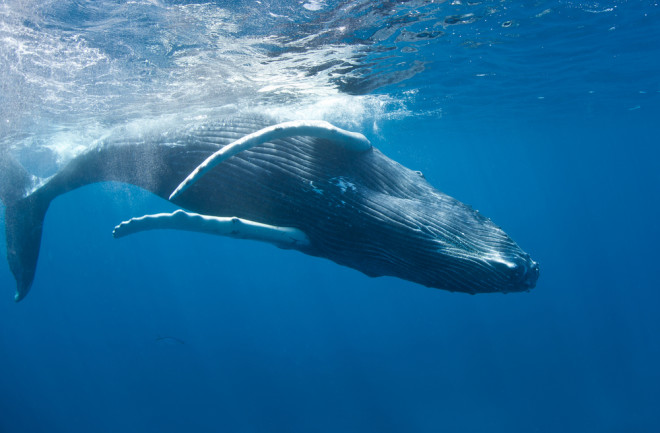It’s hard to imagine a humpback whale being stealthy. The 50-foot mammals hunt fish by cruising through entire schools with their mouths wide open. It's hardly a subtle hunting strategy, but it works well — the fish often don't have time to scatter.
How a 50-Foot-Long Humpback Whale Sneaks Up on Prey
The schools of fish they hunt don't realize the whales are a threat until it's too late.
By Leslie Nemo
Dec 26, 2019 6:00 PMDec 26, 2019 6:49 PM

Humpback whales, despite their impressive size, have learned how to sneak up on schools of fish. (Credit: Ethan Daniels/Shutterstock)
Newsletter
Sign up for our email newsletter for the latest science news
0 free articles left
Want More? Get unlimited access for as low as $1.99/month
Stay Curious
Sign up for our weekly newsletter and unlock one more article for free.
View our Privacy Policy
Want more?
Keep reading for as low as $1.99!
Already a subscriber?
Find my Subscription
More From Discover
Stay Curious
Subscribe
To The Magazine
Save up to 40% off the cover price when you subscribe to Discover magazine.
Copyright © 2025 LabX Media Group
